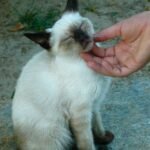Ever watched your seemingly docile tabby stalk a toy mouse with the precision of a jungle predator? That uncanny resemblance isn’t just your imagination. House cats and tigers share 95.6 percent of the same DNA, revealing a genetic blueprint that connects your living room lion to the most fearsome predators on Earth.
In general, cats haven’t undergone major changes during domestication and their form and behaviour remain very similar to that of their wildcat ancestors. They remain perfectly capable of surviving in the wild, and many can revert to a feral or wild existence. This remarkable preservation of wild traits means that beneath your cat’s domesticated exterior lies a sophisticated predatory machine that has remained virtually unchanged for millions of years. Let’s explore the fascinating evolutionary connections that make your housecat a miniature panther in disguise.
The DNA Connection That Spans Millions of Years
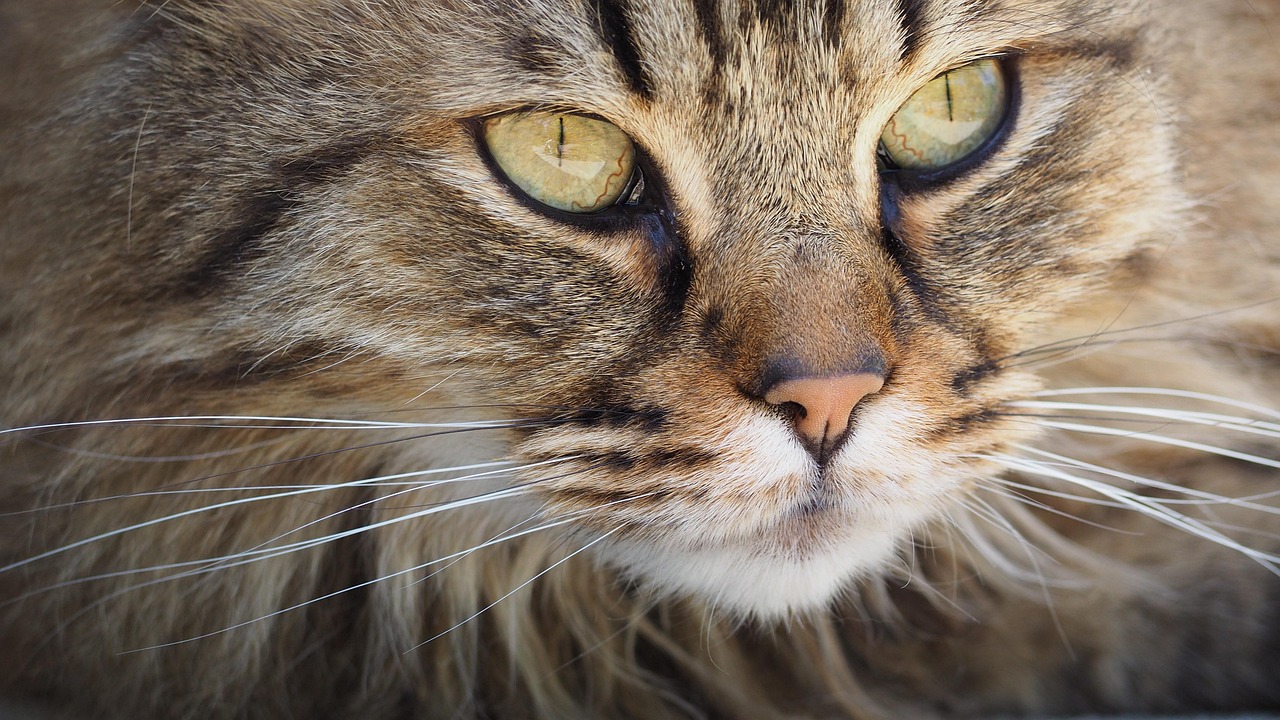
Our domestic cats and tigers shared a common ancestor around 10.8 million years ago. They also share 95.6% of their DNA! This extraordinary genetic similarity extends beyond tigers to encompass the entire panther family. We can trace the cat family tree back to a panther-like ancestor that was living in Southeast Asia 10.8 million years ago. At this point, the large family tree of ‘roaring’ cats such as lions, tigers and leopards diverged from the lineage. Despite millions of years of evolution, the fundamental feline framework has remained remarkably stable.
The genetic evidence tells an incredible story of preservation. genetic studies have shown that domestic cats and tigers have more than 95% of their DNA in common. This is because they share a common ancestor that lived around 10.8 million years ago. This level of genetic similarity means that the basic biological machinery driving your cat’s behavior, hunting instincts, and physical capabilities is nearly identical to that of a panther stalking through the jungle canopy.
Ancient Hunting Instincts in Modern Living Rooms
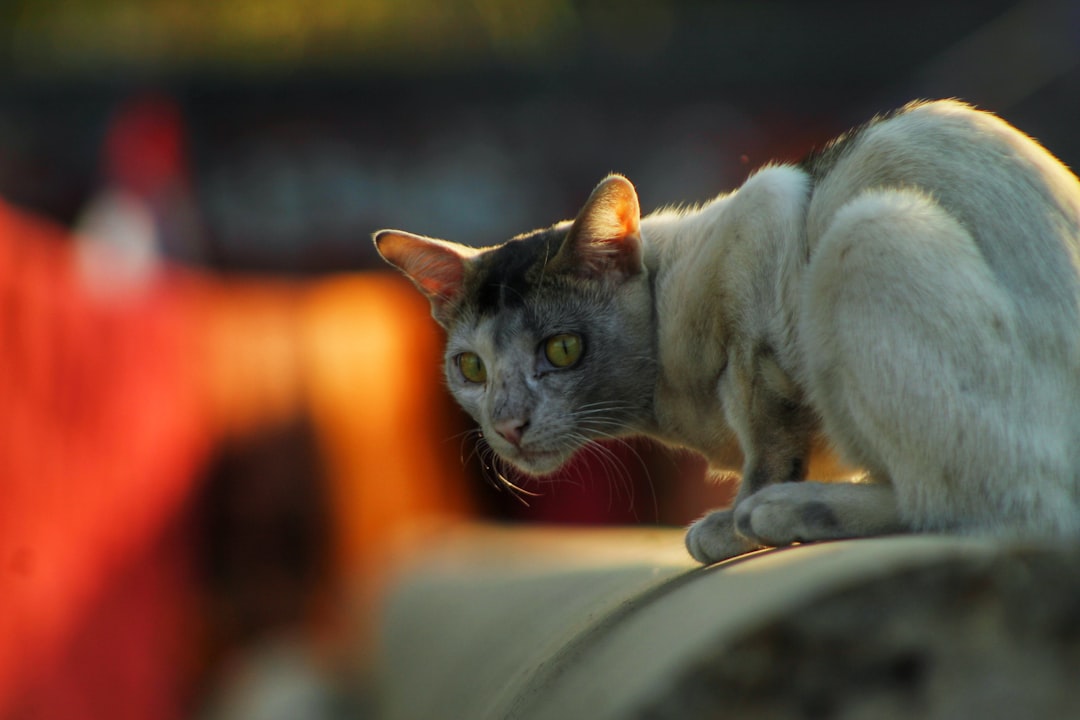
Every time your cat crouches low and wiggles before pouncing on a feather toy, they’re exhibiting behaviors honed by millions of years of evolution. This behavior is deeply ingrained, often seen during playtime as they practice on toys or shadowy corners. The art of stalking showcases a cat’s instinctual connection to its wild ancestors, a dance of stealth and precision that remains captivating to observe. Panthers use identical stalking techniques when hunting prey in the wild, demonstrating the unchanged nature of these predatory sequences.
All of these habits relate to behaviors big cats rely on every day to survive. The same life lessons that tell a lion to stalk prey by camouflaging themselves in long grass exist within your house cat as they playfully leap from behind a chair to pounce on a feather wand. This remarkable preservation of hunting behaviors means your domestic cat possesses the same sophisticated prey-capture strategies used by apex predators across the globe.
The Language of Scent – Territorial Marking Across Species
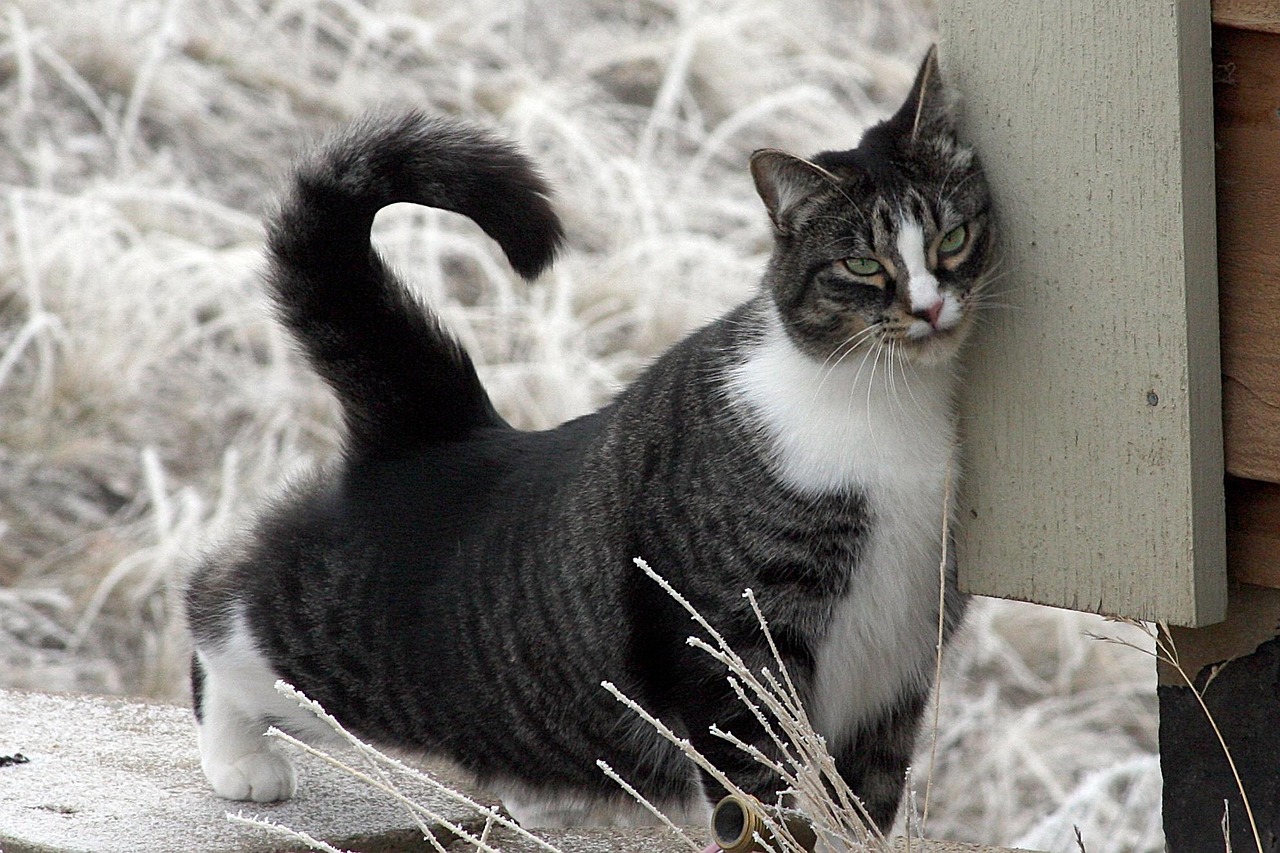
Like your house cat, big cats, including tigers, rub against objects in order to leave behind their scents. By rubbing against things, cats deposit scent markers to mark their property and territories. This behavior serves identical purposes whether performed by a housecat claiming your furniture or a panther marking trees in the rainforest. As territorial creatures, cats use scent marking to define their hunting grounds. By rubbing their face or scratching surfaces, they leave behind traces of their presence. This behavior signals to other animals to respect their space, reducing the chance of confrontation.
Semi-feral domestic cats (Felis silvestris catus) were observed to use the same means as their wild counterparts. Adult males performed most urine spray marking. The sophisticated scent-marking system employed by both domestic cats and panthers involves multiple methods including urine spraying, scratching, and facial rubbing. Each method conveys different messages about territory ownership, reproductive status, and social hierarchy.
Shared Sensory Superpowers
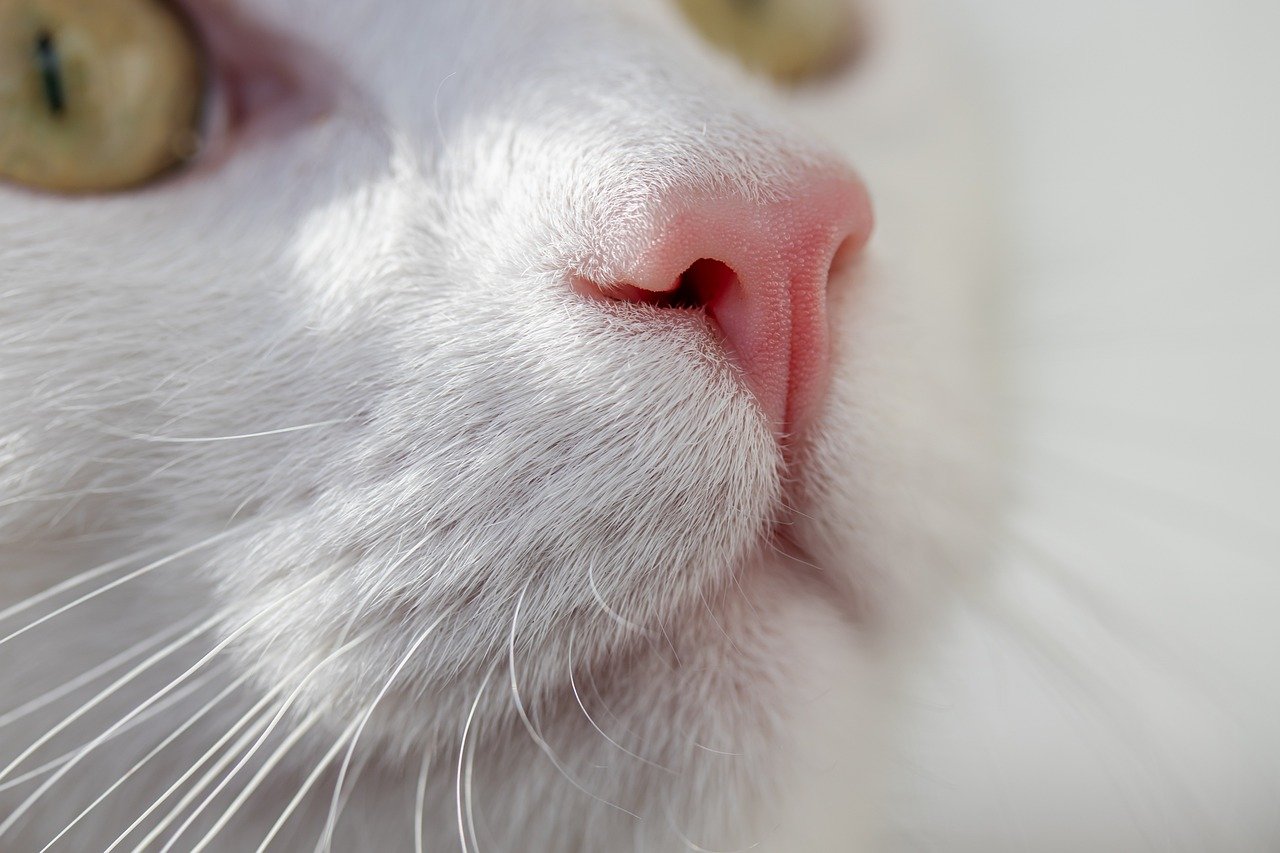
Big cats and house cats share many of the same keen senses. All felines have a very strong sense of smell, which is used for hunting prey. Rubbing against objects and depositing scent markers only works because cats–both big and domestic–have a powerful sense of smell. It’s believed that most feline family members have a sense of smell that is up to 14 times stronger than that of humans. They have millions more odor sensors in their olfactory systems, and this allows them to pick up on the subtle scents both left behind on objects and floating in the air.
All cats also have excellent night vision. This is also to aid in hunting – because a lot of hunting happens in low light either just before sunrise or just after sunset, cats must be able to see very clearly during low light. These enhanced sensory capabilities represent evolutionary adaptations that have remained unchanged across the feline family tree, allowing both house cats and panthers to excel as crepuscular hunters.
Body Language That Transcends Species
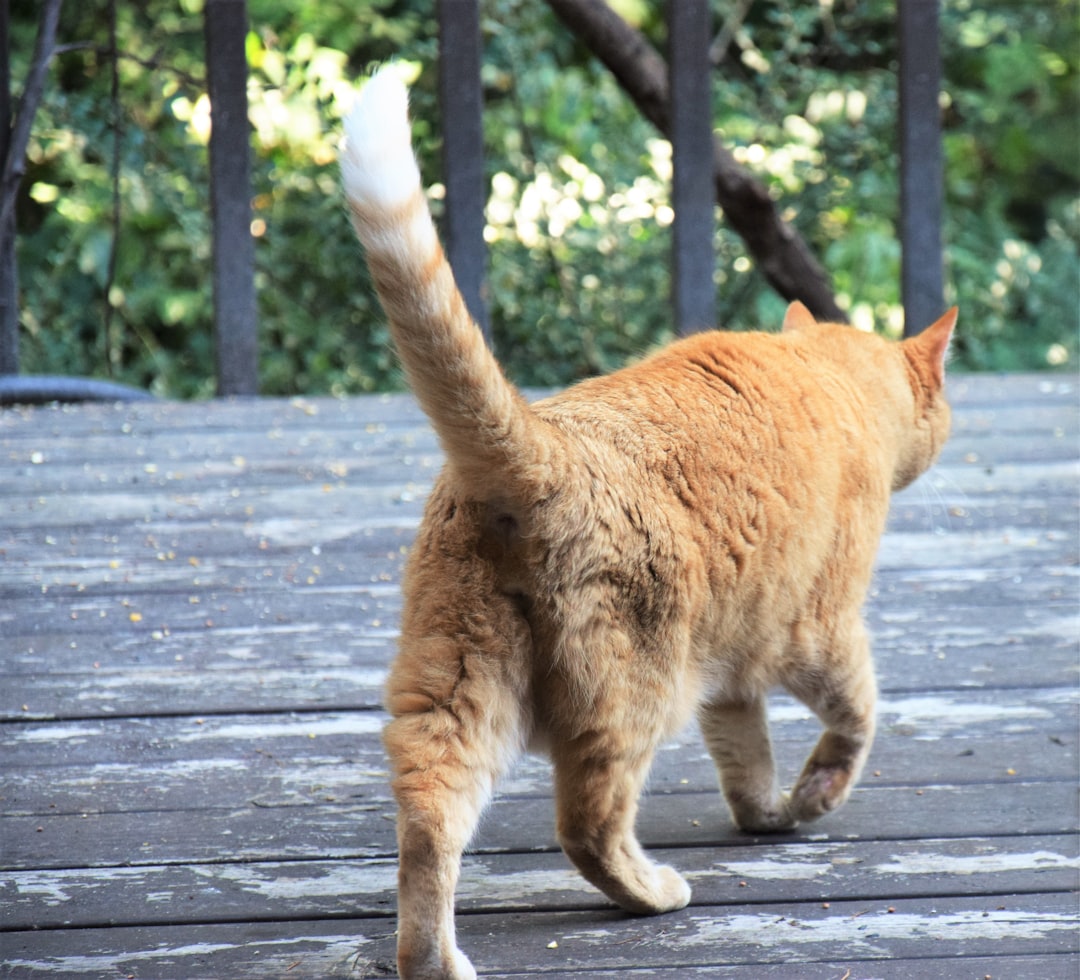
Tail flicking, flattened ears, and tucking their paws into a loaf form – these are traits all cats possess, big or small. The remarkable consistency of feline body language across species sizes demonstrates the deep evolutionary roots of cat communication systems. Cats who are engaged in hunting behaviors will often flick their tail from side to side as they watch whatever is captivating their attention. Cats who are engaged in hunting behaviors (whether real or play) will often flick their tails as they watch their prey. If you’re using an exciting cat toy and your cat is going crazy for it, chances are there’s some tail flicking going on before they pounce.
Ear positions convey identical emotional states whether displayed by a domestic shorthair or a jaguar. Cats have acute hearing, so when something scares them, their ears tend to pin to the side or back, and the further they are, the more terrified the cat is. It can be difficult to understand what emotion the cat is portraying with their ears, especially since their ears undergo the same pattern when the cat feels they are in danger/feeling defensive, where their ears pin flat to their heads or turn back. These universal feline expressions create a shared emotional vocabulary across all cat species.
The Solitary Hunter’s Social Structure
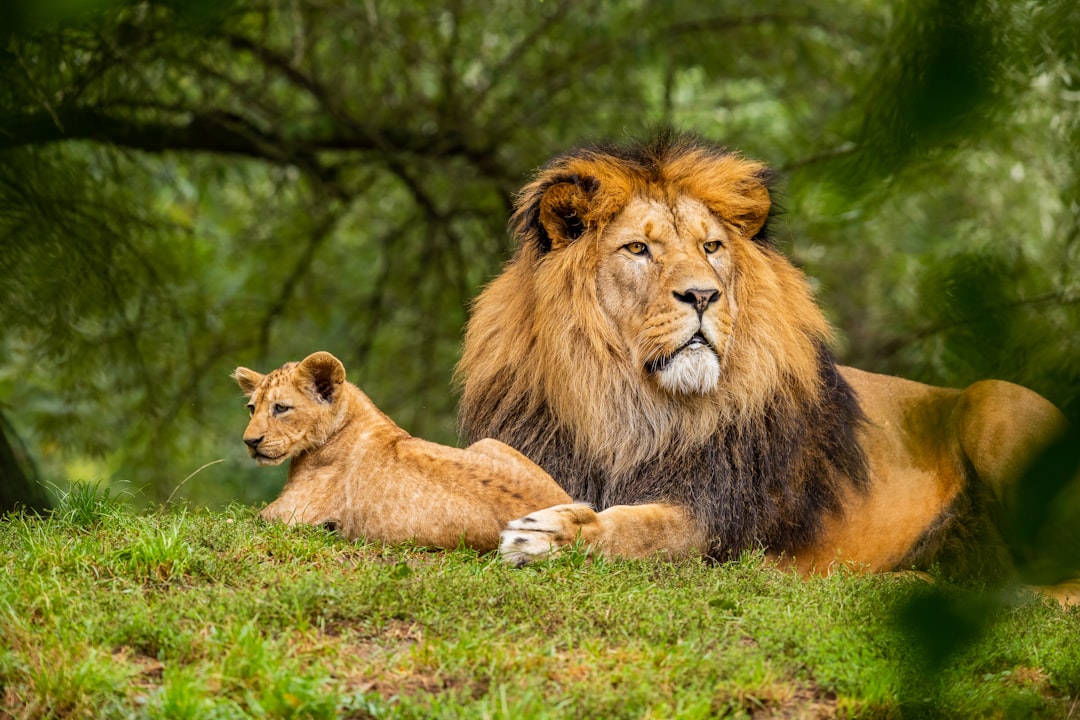
The only members of the Felidae family that frequently establish social groups of ‘families’ are lions. Other felines usually prefer to live alone, only coming together to mate. This is because they are highly territorial. This solitary nature represents a fundamental characteristic shared between domestic cats and most big cat species, reflecting their evolutionary heritage as independent hunters.
Felines are descended from a solitary species and have evolved to avoid risking conflict with other animals, so they prefer long-distance communication. This means their visual signalling is limited and instead they’ve developed effective communication through scent. The preference for avoiding direct confrontation through sophisticated scent-based communication systems demonstrates how both house cats and panthers have evolved similar strategies for managing territorial disputes without costly physical conflicts.
Grooming – The Universal Feline Ritual
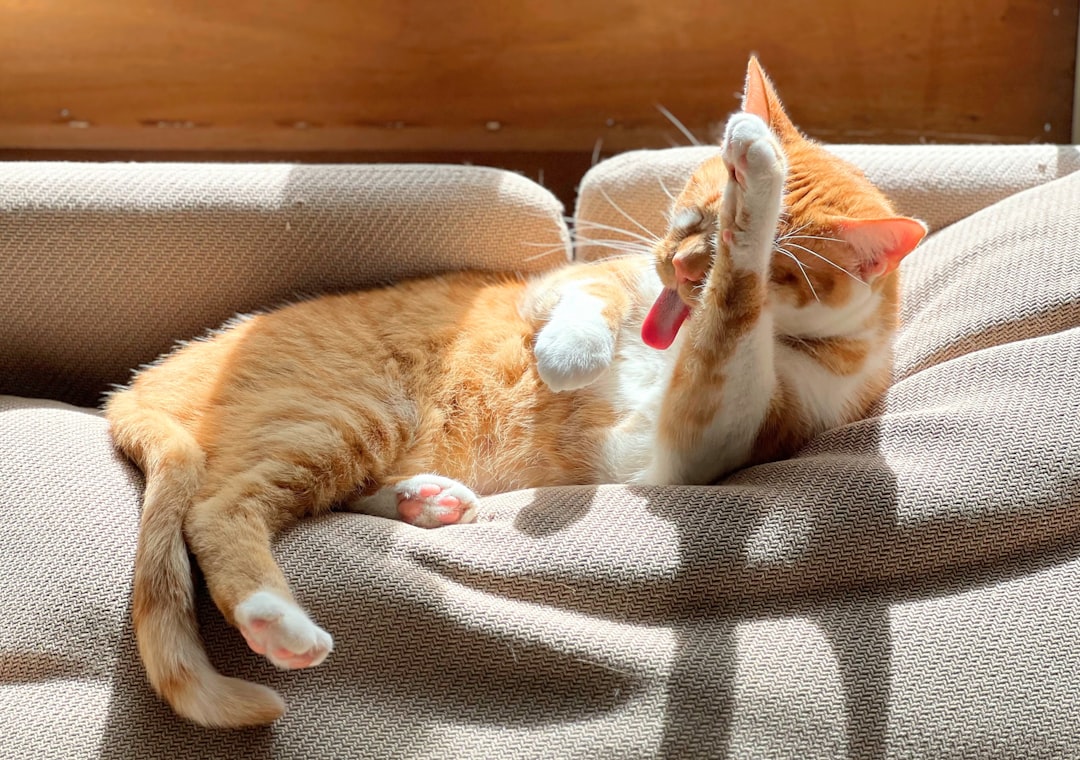
Oral grooming for domestic and feral cats is a common behavior; studies on domestic cats show that they spend about 30-50% of their waking time grooming themselves. Grooming is extremely important not only to clean themselves but also to ensure ectoparasite control. Fleas tend to be the most common ectoparasite of cats, and some studies allude to indirect evidence that grooming in cats is effective in removing fleas.
This meticulous grooming behavior serves identical purposes across all feline species, from the smallest domestic cat to the largest tiger. Beyond hygiene, grooming represents a crucial survival strategy that maintains coat condition for effective camouflage, removes odors that might alert prey, and provides stress relief through the release of calming endorphins. The time investment cats make in grooming reflects its critical importance for both physical health and psychological well-being.
Sleep Patterns – The Art of Conservation

Ancient cats spent a lot of the day resting, much like their modern descendents. It’s normal for your cats to rest for 16-20 hours a day, ideally somewhere elevated, where they can watch over their territory. Cats including lions and cougars can spend up to 15 hours a day asleep, but they also take advantage of the dim lighting at dawn and dusk. This extensive sleep schedule represents an evolutionary adaptation that maximizes energy conservation while remaining alert for hunting opportunities.
The preference for elevated sleeping positions serves strategic purposes that benefit both house cats and their wild relatives. From high vantage points, cats can monitor their territory while remaining relatively hidden from potential threats. This behavior reflects the sophisticated risk-assessment capabilities that have enabled felines to thrive as both predators and potential prey throughout their evolutionary history.
Play Behavior – Rehearsing for Survival
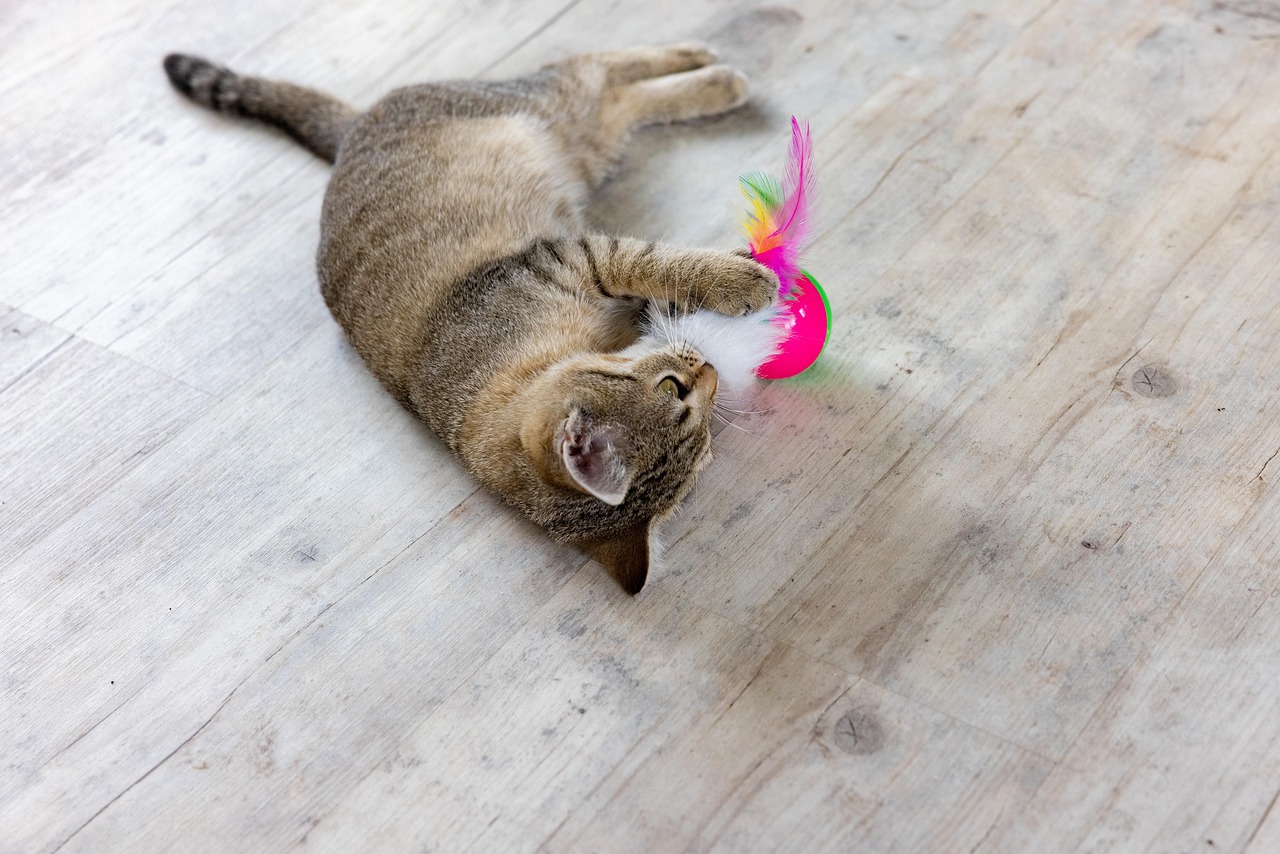
Like house cats, wild cats use play to learn basic social and hunting skills. They tussle with their littermates in faux fights and stalk each other from behind mom’s flank. They learn how to interact with others in their family groups and seem to thoroughly enjoy being silly and carefree. Play is more than mere entertainment for cats; it’s an essential practice for honing hunting skills. Through playful interactions, cats develop the techniques they need for successful hunting, such as pouncing, biting, and stalking. Even indoor cats exhibit these behaviors, using toys and games to simulate hunting scenarios.
The sophisticated play behaviors exhibited by both domestic cats and big cats serve as crucial training programs for adult survival skills. These behaviors allow young cats to practice complex motor sequences, develop timing and coordination, and learn to assess risks without facing genuine danger. The preservation of these play patterns across all feline species highlights their fundamental importance for proper behavioral development.
Adaptive Intelligence – Problem-Solving Across Environments
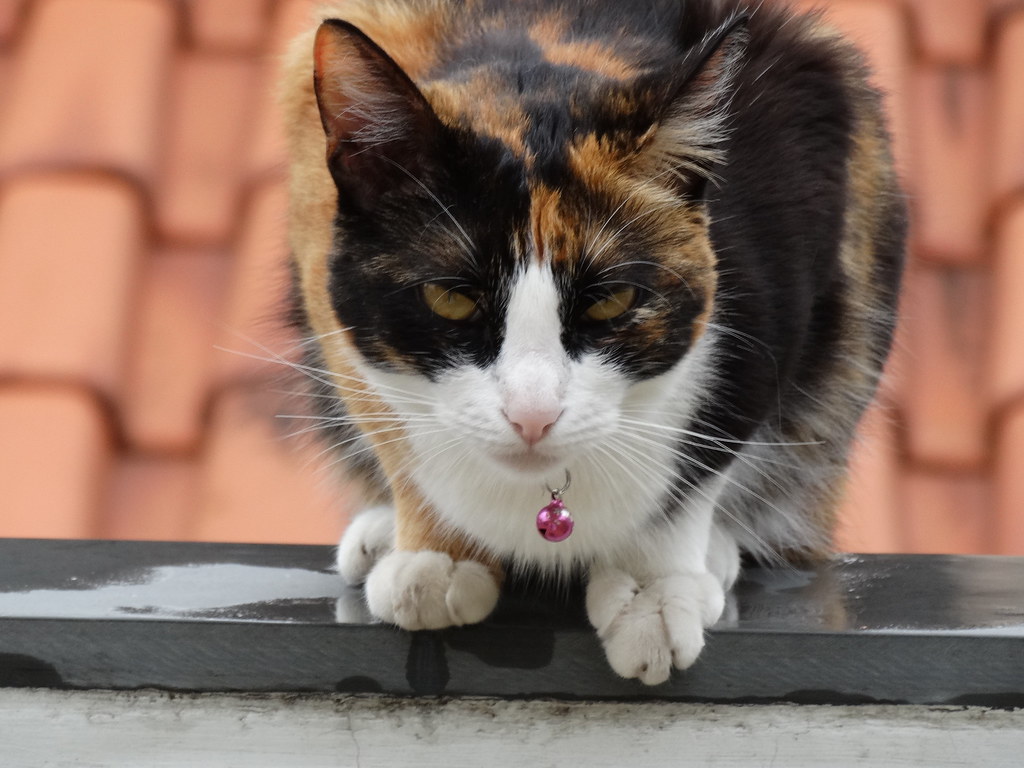
And just like big cats, house cats display excellent agility. They have strong muscles and are extremely athletic; this is also thought to be a result of hunting behaviors. This physical prowess is matched by cognitive flexibility that allows cats to adapt their hunting strategies to different environments and prey types. Both domestic cats and panthers demonstrate remarkable problem-solving abilities when navigating complex territorial boundaries, avoiding conflicts, and securing resources.
The intelligence shared between house cats and big cats extends beyond hunting to include sophisticated social learning, environmental assessment, and risk evaluation. Underneath all that domesticity, however, every house cat has ingrained knowledge about how to survive. You can see hints of these natural instincts in your cat’s daily behavior. For example, cats startle easily so they’re always on alert for danger. They also know how important it is to seek warmth, reject bitter-tasting foods, and stalk prey. These cognitive capabilities represent evolutionary advantages that have remained virtually unchanged across the feline family.
Conclusion
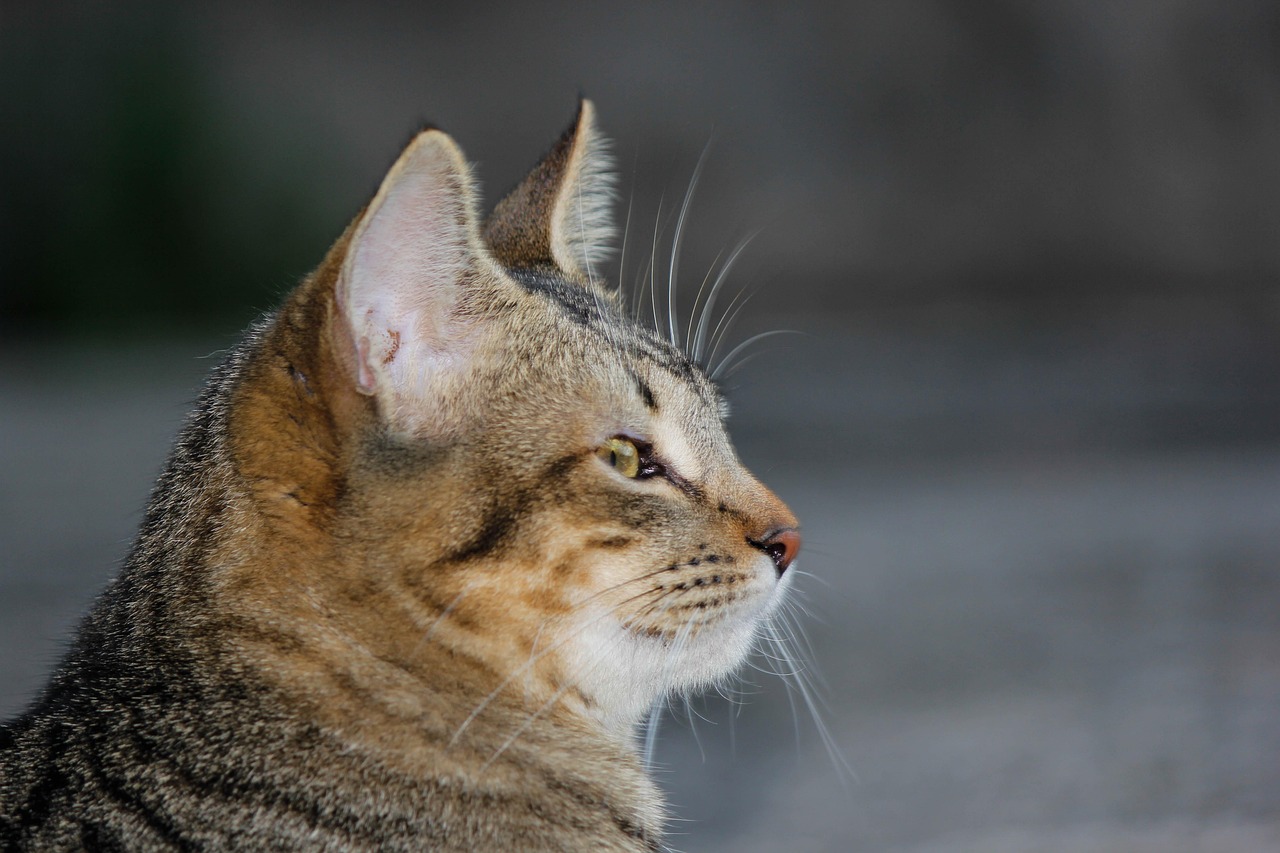
The wild side of your housecat reveals an extraordinary story of evolutionary preservation that spans millions of years. From the genetic code they share with tigers to the hunting behaviors that mirror those of jungle panthers, domestic cats represent living links to some of Earth’s most magnificent predators. House cats have been domesticated for around 9,000-10,000 years, but their similarities with cats in the wild remain strong.
Understanding these connections not only deepens our appreciation for our feline companions but also helps us provide environments that honor their wild heritage. The next time you watch your cat stalking through tall grass or claiming territory with a confident tail held high, remember that you’re witnessing behaviors perfected by millions of years of evolution. What fascinates you most about your cat’s wild side? Share your observations in the comments below.





